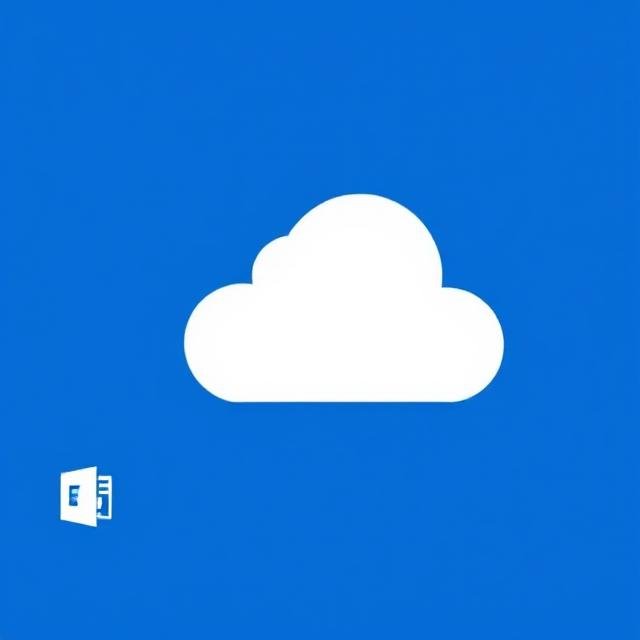Practical Steps to Strengthen Your Email Security

Practical Steps to Strengthen Your Email Security
Email is one of the most essential tools in business — and unfortunately, one of the most exploited by cybercriminals.
With attacks becoming more sophisticated (nearly half of IT leaders report seeing AI-powered threats), securing your inbox is no longer optional.
A single compromised email account can lead to data breaches, financial loss, and reputational damage. The good news? You don’t need advanced tech skills to significantly improve your defenses.
Here are six simple but powerful steps you can take right now to enhance your email security.
1. Use Strong, Unique Passwords
Your password is the first line of defense. Weak or reused passwords make it easy for hackers to break in.
What to Do:
- Create complex passwords using a mix of uppercase and lowercase letters, numbers, and symbols
- Avoid common words, birthdays, or personal information that can be easily guessed
- Use a password manager to generate and store unique passwords securely
Using a different password for each account ensures that a breach in one doesn’t compromise them all.
2. Turn On Two-Factor Authentication (2FA)
Even the strongest password can be stolen. 2FA adds an extra layer of protection by requiring a second form of verification — like a code sent to your phone or generated by an app.
How to Get Started: Most email platforms — including Gmail, Outlook, and others — offer 2FA in their settings. Enable it on every business and personal account.
This small step dramatically reduces the risk of unauthorized access.
3. Be Alert to Suspicious Emails
Phishing emails remain one of the most common attack methods. These messages often look legitimate but are designed to steal login credentials or install malware.
Watch for These Red Flags:
- Unexpected attachments or links
- Urgent requests for sensitive information
- Poor grammar or mismatched sender addresses
- Too-good-to-be-true offers
Best Practices:
- Don’t click links or download files unless you’re certain the message is safe
- If in doubt, verify the sender through another communication channel (like a phone call)
- Use built-in reporting features to flag suspicious emails
4. Keep Software Up to Date
Cybercriminals often exploit outdated software to gain access through email-based threats.
Stay Protected By:
- Enabling automatic updates for your operating system, email client, and antivirus software
- Regularly checking for manual updates, especially for critical applications
- Using endpoint protection tools that automatically detect and block known threats
Updating regularly closes security gaps before attackers can use them.
5. Encrypt Sensitive Messages
If you frequently send confidential information via email — such as contracts, invoices, or personal data — encryption is a must.
How It Works: Encryption scrambles your message so only the intended recipient can read it. Many email providers offer built-in encryption options, and third-party services provide end-to-end encryption for added security.
Pro Tip: Make sure recipients know how to access encrypted content. Provide clear instructions so they can retrieve the information securely.
6. Monitor Account Activity Regularly
Staying on top of your account activity helps you catch suspicious behavior early.
Take These Steps:
- Set up login alerts to receive notifications when someone accesses your account from a new device or location
- Review your account history regularly for unfamiliar activity
- If you spot anything unusual, change your password immediately and investigate further
Quick action can stop a potential breach before it becomes a full-blown crisis.
Need Help Securing Your Business Email?
Email security is too important to leave to chance — especially with threats evolving faster than ever.
📞 Contact us today to schedule a quick email security review and ensure your team stays protected.





